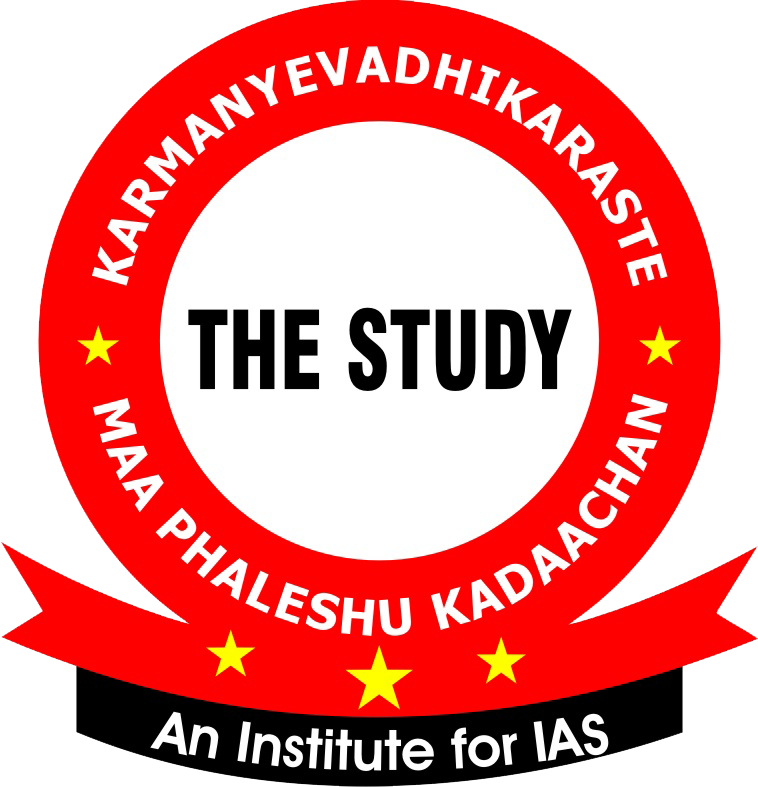A Helping Hand to Kabul
Indian Express, 28-08-21
Paper – 2 (International Relations)
Writer - Urmi Tat (research associate at the Center for Air Power Studies)
Amidst uncertainties caused by the Taliban takeover, India must leverage goodwill earned from its investments in Afghanistan’s infrastructure projects.
Over the past few weeks, there has been much talk about India’s diplomatic stakes being threatened by the changing political scenario in Afghanistan. Despite the current unpredictable political climate, India’s years of investments in infrastructure and grassroots development could act as a building block for cementing relations with the new regime in the coming years.
India is currently the fifth-largest donor in Afghanistan. The latter is also among the top five recipients of India’s external assistance. India’s total development assistance over the years has been worth over $3 billion. The current situation on the ground is different from the 1990s, when India had to move out of Afghanistan due to the Taliban takeover. India has established itself over the last two decades as a reliable development partner, having largely delivered on its envisioned projects.
India’s development cooperation with Afghanistan has encompassed both soft and hard measures. The former has helped build goodwill and greater people-to-people contact and has involved measures focusing on health, education, capacity development and food security, among others. Many projects have been community-driven, thus helping engage a large section of people in development efforts.
India had also engaged in triangular cooperation under the US umbrella, cooperating with USAID on various programmes like the Afghan Women’s Empowerment Programme, a collaboration between USAID and the Self-Employed Women’s Association (SEWA) for providing vocational education for Afghan women.
Moreover, much can be said about the nature of India’s development aid and cooperation that distinguishes it from other donors. Firstly, India follows a demand-driven approach, which implies that the sectors for investment are chosen by the recipient government. Secondly, although its aid is extended as a soft means to gain strategic leverage, it comes without political trappings. The latter can be seen in aid extended by Germany and the US which have often been contingent on the progress in talks between the Taliban and the civilian government. Further, when compared in PPP terms, the value of the Indian rupee is often underestimated, meaning that the Indian rupee would be able to buy substantially more goods and services at adjusted exchange rates. For example, a study by the Stimson Centre found out that even though Indian aid in 2015-16 totalled $1.36 billion, in PPP terms it could be pegged at over $5 billion. Thus, Indian investment has not only been significant but also extremely valuable and economical over the years, for Afghanistan.
At the Afghanistan Conference in Geneva in 2020, India announced several fresh development commitments including the construction of the Shahtoot Dam in Kabul, as well as several restoration and community development projects. New political developments in Afghanistan are unlikely to lead to a complete disconnect with India and its established socio-economic role. However, India may need to adapt its programmes to new realities.
In the post-American power vacuum in the country, China is likely to be the biggest gainer. It could look to build the Wakhan corridor in order to gain better connectivity with Afghanistan, as a part of its larger BRI endeavour.
What cannot be ignored is that there is still an infrastructure deficit in Afghanistan and a need for rebuilding and reconstruction. As far as development cooperation is concerned, however, India needs to further diversify its portfolios. An area that it can look at is strengthening terms of trade between India and Afghanistan, considering the latter’s trade deficit. Further, India can do much to build a more resilient Afghanistan with respect to climate change and disaster risk reduction with it spearheading global campaigns like CDRI. India needs to establish itself as a neutral entity that is keen on the development of the region but ready to work with all parties concerned.

